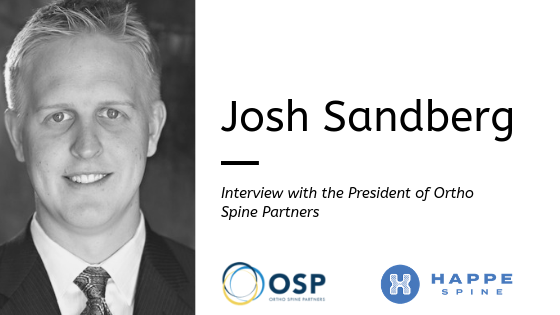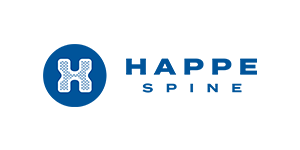
I started working with The De Angelis Group back in early 2004 where I helped companies in orthopedics and spine build out their sales organizations.
Early on, I would say that I “followed the waves.” The waves when I got started was kyphoplasty. Spine Surgeons were still doing the procedure and Kyphon was making their mark. After Medtronic acquired Kyphon for $3.9 Billion, a lot of vertebral compression fracture companies started up. They all looked to “do what Kyphon did” which obviously didn’t work. These start-ups never had the timing and opportunity that Kyphon had because the market was mature by that point.
That is one of the most interesting points of my career in executive search. I was granted an incredible amount of access to how the industry worked. What were systemic challenges and what was a local or cultural challenge within the business. I also spoke about how all corporate problems can be solved through people and I still believe in that. Another benefit I had was that I typically spent four hours of active phone time per day talking to and networking with executives in this industry, often in a very specific sub-segment of the industry. I would learn about trends, market dynamics and challenges from multiple different perspectives.
Fast forward to 2016. I founded Ortho Spine Partners, which is the consulting company that I lead. Our goal is to help companies create unique and creative solutions to drive their advancement in the market.
How Are You Able To Identify Trends In Spine So Successfully?
Well, let me start this off by sharing a story…
In February of 2017, I was brought in by a German company led by Guntmar Eisen, founder of Emerging Implant Technologies (EIT) to help them enter the United States market. EIT created novel 3D-printed interbody implants used in spine surgery. They were initially founded in 2014 and began commercializing throughout Europe in 2015.
In 2017, We began laying the foundation for commercializing EIT in the US. We had a lot of early success by getting in front of KOL’s around the country and telling them the story of porosity. This story led us to be rewarded with several hospital contracts including a national contract with one of the largest IDN’s in an incredibly quick timeline
Just 11 months after the first case in the US, Johnson & Johnson acquired EIT.
So when it comes to identifying trends in spine, I think we have an advantage because we know so many surgeons, manufacturers and distributors. We hear about everything at some point and have the resources to quickly determine whether a technology has what it takes or not.
What differentiates technologies that utilize 3D-printing is the ability to create porosity throughout the entire implant rather than just on the endplates. This is one of the biggest reasons for the shift to titanium.
That being said, I believe strongly that PEEK is here to stay based on some of the recent advancements like HA enhanced PEEK. The HA aides in an osteo-integrative response that is often linked to the material.
That is what I like so much about the HAPPE cages. They offer the best of both worlds to the surgeon by offering a modulus matching, radiolucent structure, favorable to osteo-integrative through-growth. It has taken the current technology to a different level. It’s those types of advancements that become true game changers the way EIT did in the titanium space.
The Future is HAPPE
Obviously, the benefits as it relates to spine is a great first place to start.
However, the general orthopedic space is craving innovations and I could see other applications that would be great for the HAPPE technology including Foot & Ankle and Sports Medicine.
From a competitive standpoint to HAPPE, I’m not aware of anyone else today that can put a complete porous structure through the PEEK, while also having HA embedded into and within each porous cell. This becomes an overall advantage and significant benefit to be able to address structure, full and complete porosity, along with the desired biologic goals.
